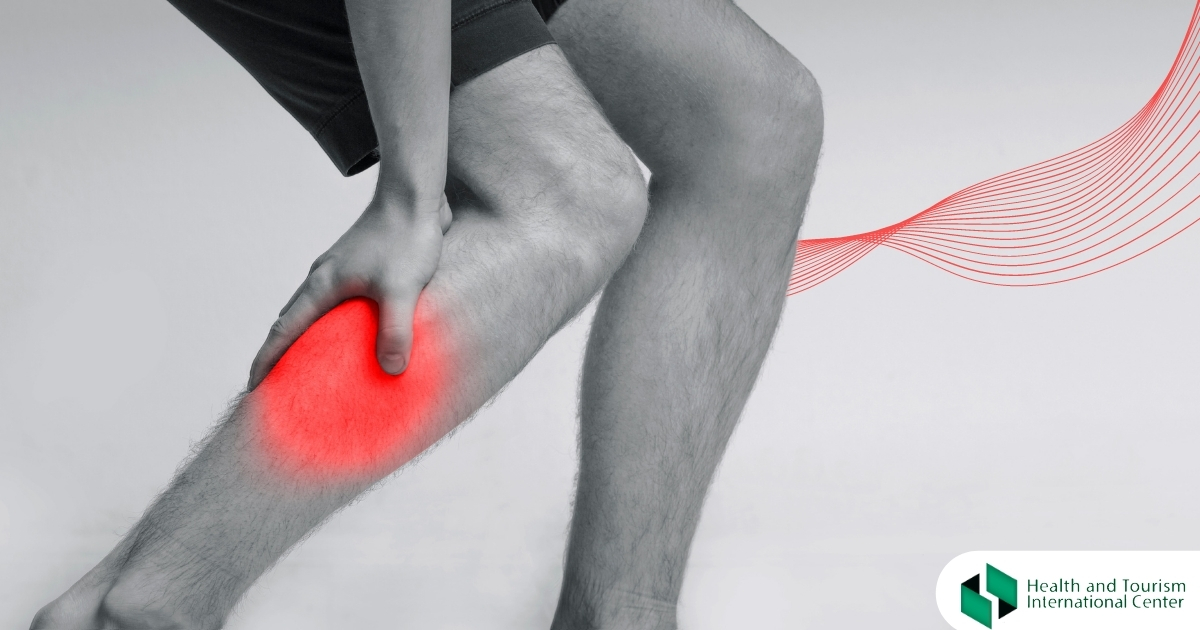What is claudication?
Claudication is pain caused by too little blood flow to muscles during exercise.
The condition is also called intermittent claudication because the pain usually isn't constant. It begins during exercise and ends with rest. As claudication worsens, however, the pain may occur during rest.
Claudication is technically a symptom of disease, most often peripheral artery disease.
Treatments focus on lowering the risks of vascular disease, reducing pain, increasing mobility and preventing damage to tissues.
Symptoms of claudication include the following:
- Pain, ache, discomfort or fatigue in muscles every time you use those muscles
- Pain in the calves, thighs, buttocks, hips or feet
- Less often, pain in shoulders, biceps and forearms
- Pain that gets better soon after resting
The pain may become more severe over time. You may even start to have pain at rest.
Signs or symptoms of peripheral artery disease, usually in more-advanced stages, include:
- Cool skin
- Severe, constant pain that progresses to numbness
- Skin discoloration
- Wounds that don't heal
Causes
Claudication is most often a symptom of peripheral artery disease.
The risk factors for peripheral artery disease and claudication include the following:
- Smoking
- High cholesterol
- High blood pressure
- Obesity
- Diabetes
- Chronic kidney disease
- Age older than 70 years
- A family history of atherosclerosis, peripheral artery disease or claudication
Source:
https://www.mayoclinic.org/diseases-conditions/claudication/symptoms-causes/syc-20370952

